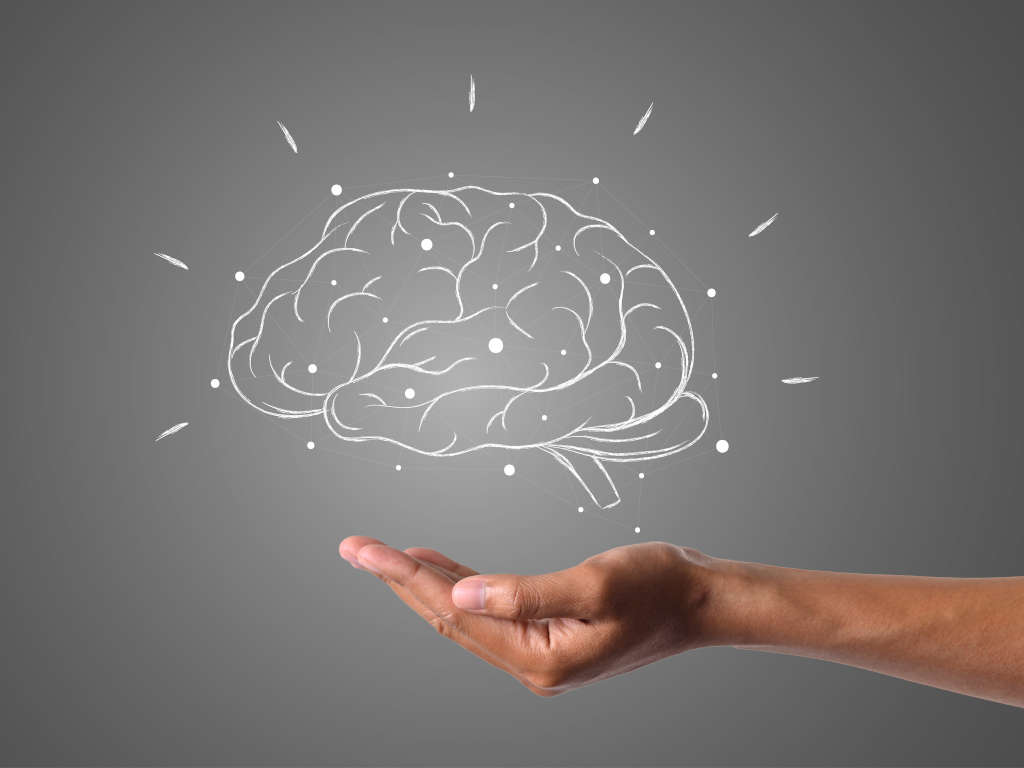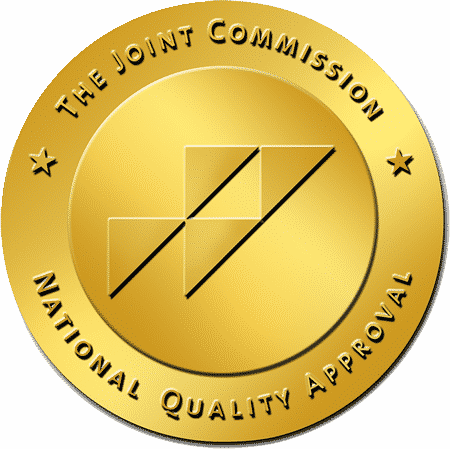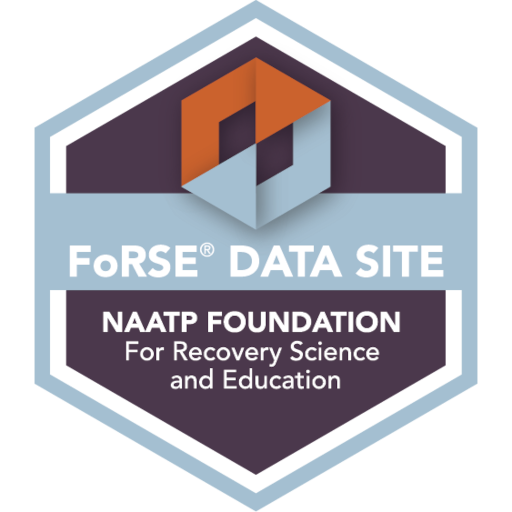What is Alcohol Withdrawal?
As with the use of any addictive substance, substantial alcohol consumption over a prolonged period inevitably results in physical dependence.
Alcohol depresses the central nervous system, slowing cerebral messaging and altering the way signals are sent and received. Progressively larger amounts of alcohol are needed to achieve the same physical and emotional results. The drinker eventually must consume alcohol just to avoid the physical cravings and withdrawal symptoms.
Ceasing drinking is the solution, but alcohol detox has its problems. When an alcoholic begins alcohol withdrawal, they experience alcohol withdrawal symptoms that range from mild symptoms such as mood swings to more severe withdrawal symptoms. Among the most severe symptoms are delirium tremens (DTs) and abnormal liver function.
Even persons who continue drinking can experience withdrawal symptoms if they don’t imbibe often enough.
Stages of an Alcohol Withdrawal Timeline
Symptoms of alcohol withdrawal start 4 to 24 hours after the last drink. Most experience symptoms such as: anxiety, tremors, headaches, palpitations, diarrhea, and gastrointestinal distress.
Moderate symptoms can include disorientation, impaired eyesight, visual and/or auditory hallucinations seizures and mild hyperthermia.
Medical assistance may be required for some of these unpleasant symptoms of alcohol withdrawal.
Alcohol Withdrawal Symptoms Timeline
Stage 1
Symptoms of stage one begin setting in roughly at hour six after the last drink, which is why many people with alcohol use disorder must start drinking the moment they wake up.
Minor withdrawal symptoms usually begin about six hours after your last drink. Since the symptoms are so severe, many wrongly assume that the first stage is the most dangerous, but that is the third phase.
Stage 1 symptoms include, but are not limited to: cravings, extreme sweating, mood swings, anxiety, stomach upset, headaches, shakiness, and nausea/diarrhea. Excessive drinking alters the intestine walls and the amount of stomach acid the body produces. Nausea is quite common during this stage.
Stage 2
In Stage 2 of alcohol withdrawal individuals may see a continuation of the previous symptoms in addition to new symptoms. This trend may continue with each following stage. Stage 2 occurs 12-24 hours after individuals stop drinking alcohol.
Stage 3
Stage 3 of alcohol withdrawal is the crux and most dangerous part of the alcohol withdrawal timeline. It occurs 24-48 hours after alcohol use. At this stage, the body is in full panic mode and can have some severe reactions to the lack of alcohol in the system.
Some of the stage 3 symptoms include: irritability, low blood sugars, withdrawal seizures or grand mal seizures, and delirium tremens.
Stage 4
During stage 4, 48-72 hours after alcohol consumed, most physical symptoms have relented if not completely disappeared. Most of these are replaced by mental discomfort and feelings of depression, anxiety, confusion, anger, restlessness, and others.
Factors of Alcohol Withdrawal
Although there is a general one-week timeline for alcohol withdrawal, multiple elements may change the severity of alcohol withdrawal symptoms. Such factors include:
Family History
A family history of alcohol abuse not only increases your likelihood of developing an alcohol use disorder but also extends or increases the severity of withdrawals.
Gender
Men and women drink in different amounts, and their bodies react differently to alcohol withdrawals. A study found that men tend to experience stronger and more frequent withdrawal symptoms including a much higher percentage of men who deal with withdrawal seizures.
The reasons for this are because men on average start heavy drinking earlier, drink excessively, drink more frequently, and there are more of them.
In general, a woman consumes less alcohol than a man, however, women usually suffer more severe brain and other organ damage following binge or chronic alcohol abuse.
Other Drugs Used Concurrently
If other drugs are used in combination with alcohol, especially opioids, detoxification can be difficult, dealing with symptoms of alcohol withdrawal at the same time as physical dependence the other substance and its effect on the nervous system.
Mental Illness
Quite often, people who abuse alcohol use it to treat an underlying disorder of which they are not aware. Such latent, co-occurring disorders can alter the severity and duration of withdrawal.
Dangers of Alcohol Withdrawal
The most serious of alcohol withdrawal symptoms are seizures, hallucinations, and confusion. However, many other symptoms, including sensitivity to light, confusion, and nausea, may also be present. More serious symptoms of alcohol withdrawal syndrome (AWS) and delirium tremens can lead to physical trauma due to seizures, as well as metabolic issues.
Low electrolyte levels can lead to cardiac complications during withdrawal, including arrhythmias and sudden death resulting from heart attack. Hypophosphatemia (low levels of phosphate) can lead to muscle weakness, coma, increased blood pressure, and the stoppage of normal breathing functions.
Metabolic abnormalities can typically be corrected through an adequate intake of vitamins, fluids, and sugar. Regular over-the-counter medications can help with more benign elements of AWS, such as headache and nausea.
Seek Help for Withdrawal Symptoms
If you or someone you know is experiencing any of the severe symptoms listed, it may be necessary to speak with a medical professional or seek medical attention if the withdrawal symptoms merit such action.
The safest method to come off alcohol is at supervised medical detox at a facility like La Hacienda Treatment Center. In an inpatient setting a patient can be medically reviewed for problems such as sleep disturbances or withdrawal delirium.
Alcohol Abuse and Addiction
According to the National Institutes for Alcohol Abuse and Alcoholism, 15.1 million Americans experience alcohol use disorder, but only 7.5% of this number seek professional help.
Ironically, many people with the addiction continue to drink to avoid going into alcohol withdrawal even though they want to get sober.
Levels of Drinking
According to the Dietary Guidelines for Americans, moderate drinking involves up to one drink per day for women and up to two drinks per day for men. Excessive drinking for women, is four or more drinks and for men, it is five or more alcoholic drinks.
Heavy drinking occurs when women have eight or more drinks a week and men have 15 or more drinks per week.
In the United States, a standard drink contains approximately 14 grams of pure alcohol, which is the amount typically found in 12 ounces (355 mL) of regular beer, 5 ounces (150 mL) of wine, or 1.5 ounces (45 mL) of spirit.
Problematic drinking can relate to binge drinking, heavy drinking, alcoholism, or alcohol dependence.
When to Seek Help
Sometimes a person can admit they have an alcohol problem and seek assistance, but not often. Denial is a part of the disease, and they may be drinking to avoid experiencing withdrawal symptoms.
Less than 10 percent of the problem drinkers in this country will seek help, however, so the burden often falls on family, friends, and co-workers/employers to intervene. This may involve strong urging to enter treatment and a listing of consequences, such as family breakup or unemployment.
In instances where drinking leads to criminal activity or behavior deemed harmful to the public, it may be a judge who decides that the person with alcohol dependence enter treatment or go to jail. Most people have little desire to experience alcohol withdrawal symptoms in a jail cell, so opt for having professional assistance managing their alcohol withdrawal.
Supervised Detoxification and a Recovery Plan
Stopping alcohol use sounds simple, but alcoholism is a disease and fighting it is best accomplished with the fulltime support of medical and clinical professionals, many of whom are in recovery themselves. There is no guarantee of minor withdrawal symptoms, so being cautious is a good policy.
During the detox process, if there are severe withdrawal symptoms or a medical emergency, especially in an inpatient facility, a medical professional will be present to diagnose and treat the patient. They can also provide professional medical advice on other issues which may be exacerbating the patient’s condition. (There are outpatient treatment options, but support is usually not 24/7.)
Getting sober is the first step. The next is staying sober, and that requires having a sustainable recovery plan.
Persons with an alcohol use disorder or substance abuse problem need the help of licensed clinical professionals to help them understand and fight their disease. While in treatment, they will meet with them to discuss their progress and seek answers to situations as they arise.
After patients complete treatment, they need hometown support groups where someone will mentor them, and they can mentor others.
Alcohol Addiction Treatment at La Hacienda
Successful treatment of alcoholism and drug addiction is rooted in medically supervised detoxification, solid counseling provided by a competent and empathetic staff, and a thorough introduction to the 12-step process.
At La Hacienda Treatment Center, we believe that for an individual to stop drinking and find sobriety, distorted thinking must be corrected, the denial system broken down, the need for change recognized, the tools for change accepted and the motivation to utilize these tools daily is realized.
In order to attain this end, La Hacienda’s Core Recovery Program provides inpatient treatment with a number of therapeutic modalities to both educate the patient and to allow the processing of painful feelings in a nurturing environment.
To get help for drinking or drug use, call one of our caring admission specialists today at (800) 749-6160.

Delirium Tremens
Some individuals experience delirium tremens during alcohol detox and alcohol withdrawals. DTs usually starts two to five days after the last drink, and it can be fatal. Shaking, confusion, high blood pressure, fever, and hallucinations are some of the alcohol withdrawal symptoms associated with DTs.

12-Step Programs
Based on the principles of Alcoholics Anonymous, 12-step programs aim at recovery from substance use disorders or habits like gambling. They involve achieving 12 “steps” that include admitting lack of control, finding strength in a higher spiritual power, admitting past errors, learning to live by a new code of behavior, and helping others who suffer from the same addictions or impulses.

Buprenorphine
Buprenorphine is an opioid partial agonist. It produces effects such as euphoria or respiratory depression at low to moderate doses. The Food and Drug Administration (FDA) has approved it to treat opioid use disorder (OUD) as part of a medication-assisted treatment (MAT).




